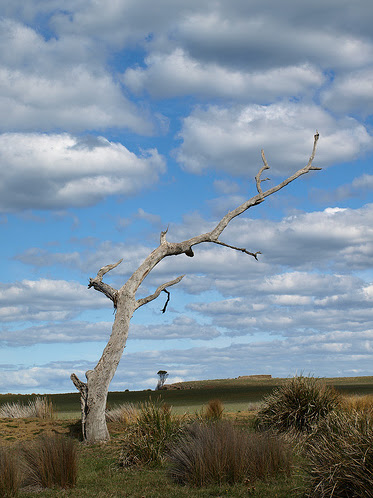The thing that struck me most about this play was the use of contrasts and the unexpected.
First is the mix of old and new. The scene is described in quite a bit of detail, and gives a strong impression of "old" Italy. Combined with the plot line about arranged marriage, which seems quite old fashioned to us, makes all the references to Oil of Olay anti-aging creams and Ken and Barbie and pornography on the internet all seem very out of place. Nikos lists all the reasons he likes Lydia, which include the facts that she is "funny and warm and passionate and good at volleyball." The characters talk in an odd kind of verse, even when they're using colloquial speech, inserting "like" gratuitously in the middle of sentences, or describing completely nonsensical dream sequences in the middle of an otherwise serious conversation. These contrasts really stand out for me as an important element of the play, which might be interesting to incorporate into the set design.
Another important aspect is the somewhat circular or repetitive nature of the plot, in the sense that the grooms repeat the dramatic action of the brides- throwing themselves to the floor while ranting about the flaws of the opposite sex. It will be important to keep in mind that the action will be played out on the set twice, in perhaps complementary ways. Considering how the space will draw out the similarities and differences of those two scenes will be important to clarifying the theme of tension between the sexes that defines the play.
Invisible Cities Project
16 years ago




















